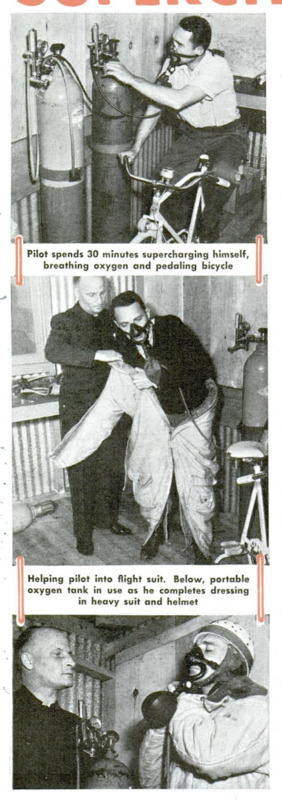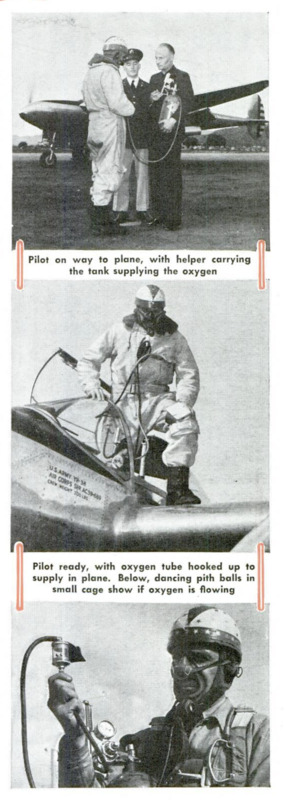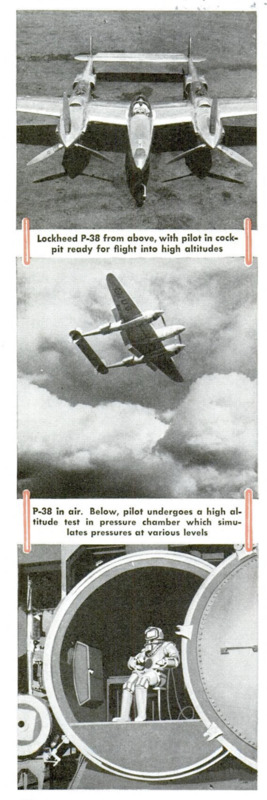Supercharging the Pilot
Contenuto
- Titolo
- Supercharging the Pilot
- Article Title and/or Image Caption
- Supercharging the Pilot
- Lingua
- eng
- Copertura temporale
- World War II
- Data di rilascio
- 1941-05
- pagine
- 668-670
- Diritti
- Public Domain (Google digitized)
- Sorgente
- Google books
- Archived by
- Enrico Saonara
- Alberto Bordignon (Supervisor)
- Copertura territoriale
- United States of America






